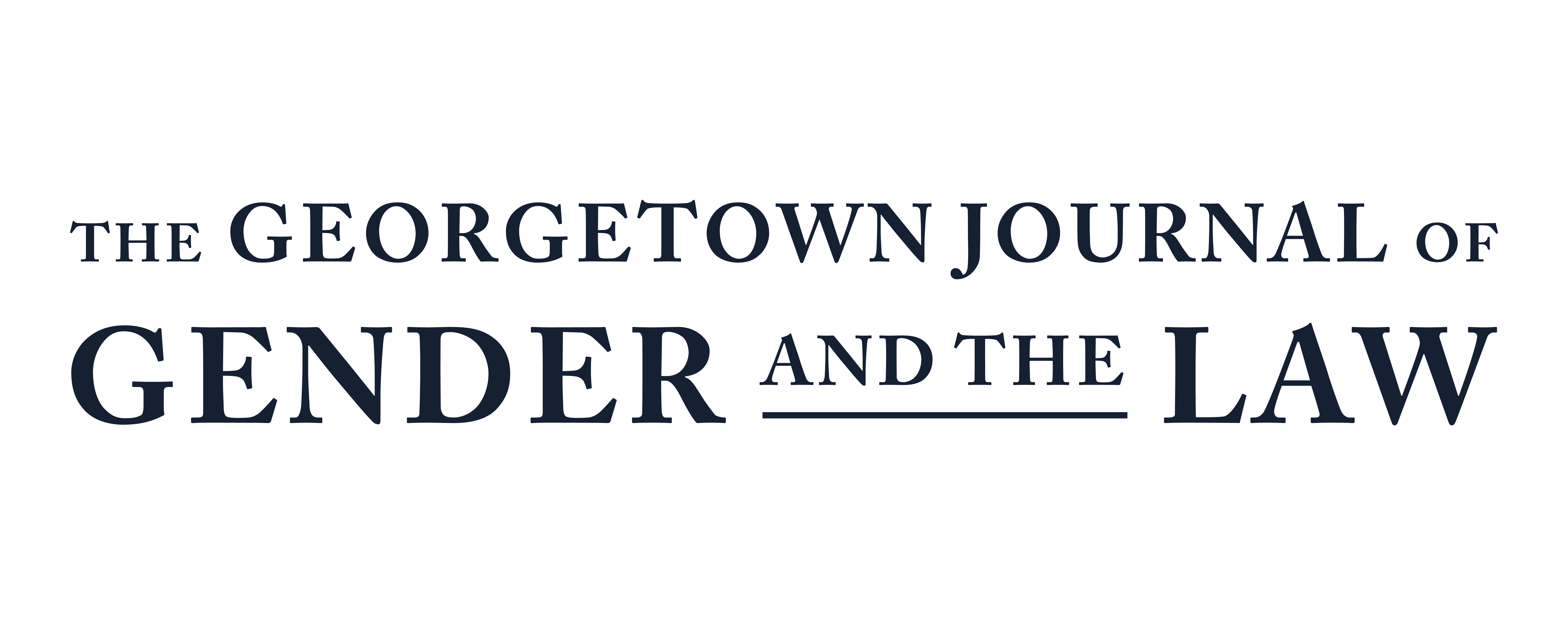Failing the Refugee Child: Gaps in the Refugee Convention Relating to Children
This article evaluates the failures of the Refugee Convention relating to children. The gaps in protection of children under the Refugee Convention come in many forms: gaps in the substantive law definition of the term “refugee,” the Refugee Convention’s lack of procedural guidance in applying the definition of “refugee” to children, gaps in protection from adverse government policies on immigration enforcement, and gaps in positive law obligations of States to help integrate children into their new country. These gaps are explored in the sections below, but generally they paint a clear picture: the international standard is failing refugee children, and more must be done to protect children seeking asylum.
The first section of this article analyzes the historical context in which the Refugee Convention and the rights of children emerged. This section provides background for how the Refugee Convention came to lack specific protections for children. It also explains the current conceptualization of children as rights holders.
The second section evaluates gaps in the legal framework of the Refugee Convention using the United States’ implementation as a case study. The legal framework for refugee children in the United States, adopted pursuant to the Refugee Convention, fails to incorporate affirmative protections for children such as a best interests standard for child asylum seekers, a definition of the term “refugee” that includes private-sphere persecution (commonly experienced by child refugees), and child-appropriate procedures to ensure due process in adjudicating child asylum cases.
This section continues to evaluate the gaps in the legal framework of the Refugee Convention by exploring adverse enforcement policies applied to child refugees in the United States. The Refugee Convention does not go far enough to protect children from adverse enforcement measures such as family separation. These policies demonstrate that more robust and clearly defined state obligations vis-à-vis children are necessary.
Section three looks at the gaps in positive law protections of children under the Refugee Convention. As the United States has not adopted international human rights treaties that create positive law obligations, the Article looks to the European Union (EU) to understand these gaps in the Refugee Convention. This section explains how the lack of positive law obligations in the Refugee Convention has created disparate provision of services for refugee children among EU member nations.
Finally, this Article closes with suggestions for how the international community can move forward, understanding that the Refugee Convention does not adequately protect children. As a starting point, human rights policy experts should investigate the comprehensive failures of the Refugee Convention as it relates to children. By engaging in a comparative analysis of these gaps by country, the full scope of deficiencies of the Refugee Convention will emerge. Once those deficiencies are understood, it will be possible to remedy the gaps and ensure that the refugee child is fully protected under international norms and practice.
Continue Reading Failing the Refugee Child
Subscribe to GJGL
